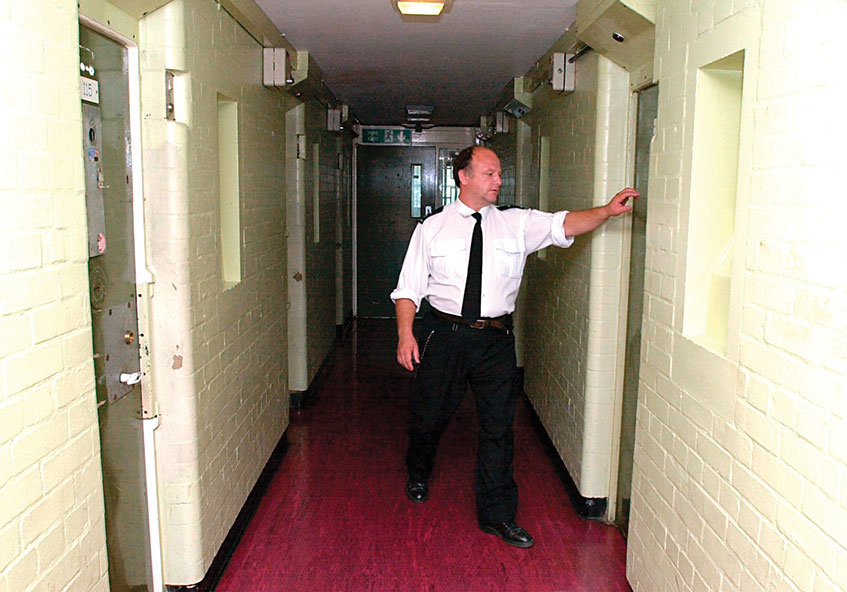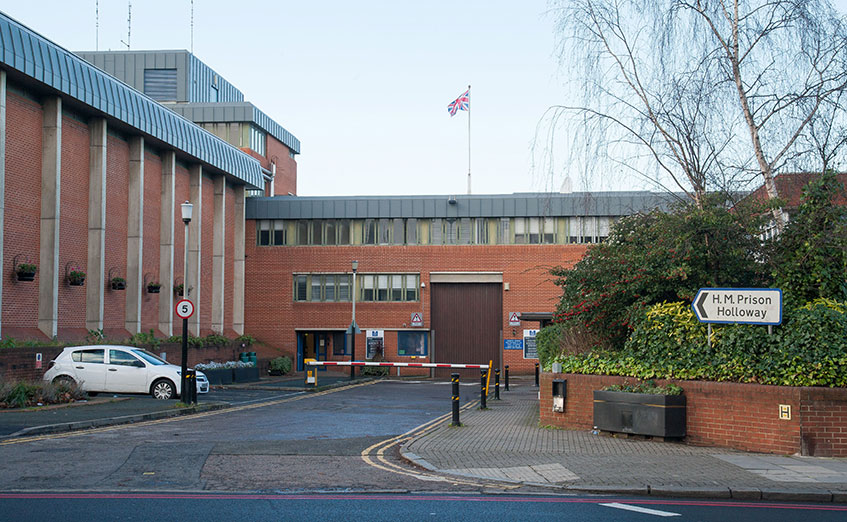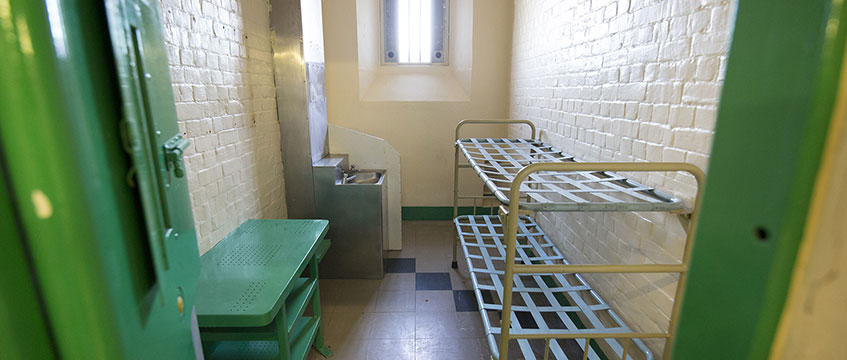The Ministry of Justice is on course to miss key housing targets amid a struggle to sell off prison sites.
Progress is likely to have been hampered by the MoJ’s revolving ministerial door, with MP Rory Stewart the latest to depart in May, but a lack of property expertise may also be a factor.
In 2015, the government said it wanted to unleash a “prison building revolution”, with then prisons minister Michael Gove pledging to close inner-city prisons and sell sites for housing, reinvesting profits to help build nine new jails.
So, what has gone wrong? Brendan Sarsfield, chief executive of housing association Peabody, says the department has “hit a hurdle too quickly”.
“The MoJ is not a property development business. It needs experts to make changes happen. The MoJ should look for creative people in property to help them come up with solutions,” says Sarsfield.
The MoJ sold Holloway Prison, N7, to Peabody for £81m, earlier this year.
The deal was the second attempt to sell the site, with plans to offload it to A2Dominion and London Square last year having fallen through amid demands for more affordable housing by the local council.
Ian Fletcher, director of real estate policy at the British Property Federation, suggests the sale delays may also be down to poor marketing.
“Identifying public land is one thing, but if you want to get it into the market, you need to have somebody who is actively marketing it. I don’t see that with lots of the public land that is notionally available. It needs somebody to be actively out there marketing the opportunities.”
Target trouble
The MoJ was expected to release land with the capacity to build 5,000 homes by 2020. However, according to a National Audit Office report, it is likely to have transferred land with the capacity for just 1,300 homes by then. It has the second-largest estate of all central government, with a 1.3m sq ft portfolio.
Holloway Prison land accounts for the bulk of the 1,300 homes, with Peabody expected to provide 1,000 homes on the site of the former women’s jail.
The MoJ is not a property development business. It should look for creative people in property to help them come up with solutions
The NAO, which published its report on the government’s land disposal strategy last month, also found that the MoJ had missed its sales revenue targets.
The MoJ raised £149m by releasing land or property between April 2015 and March 2018, well shy of its target of £640m.
In the most recent prison disposal programme, four prisons were released for housing – including Holloway in the London Borough of Islington, Blundeston in Suffolk and Bullwood Hall in Essex, with Northallerton Prison in Yorkshire forming part of a town centre redevelopment scheme.
As for Gove’s plans to build nine new prisons, so far none have been completed. The first new prisons are expected to be built on the site of former jails at Wellingborough, Northamptonshire, and Glen Parva, Leicestershire, in 2021 and 2022 respectively.
An MoJ spokesman said: “We have transferred 32 court sites and nine prison sites to Homes England for them to sell to reinvest in the court and prison estate. But we can only sell courts and prisons which are no longer required.”
The MoJ’s disposal programme is only a small part of wider efforts across the government estate. In total, the government had aimed to increase housing supply by releasing surplus public sector land for at least 160,000 homes in England between 2015 and 2020. But departments are only expected to release enough land for 65,000 homes by 2020, according to the NAO report.
Labour councillors speak out
Reading Prison was earmarked for sale back in 2015, but plans have been delayed amid drawn-out discussions between the MoJ and Reading Borough Council.
The council is seeking to prevent the MoJ from selling the site to the highest bidder, arguing that the Grade II listed building is a historic site that should not be converted into luxury flats.
Tony Page, deputy leader of the council, says: “We want to see mixed uses on that site, including residential, historical and cultural. We want it properly integrated within the abbey ruins, all of which were upgraded in the last year and are historically significant.
“We need the MoJ to announce a disposal timetable for the prison site. But having lost their only competent prisons minister, Rory Stewart, the whole department is paralysed. The MoJ has done all the necessary archaeological works. They now need to pull their finger out.”
The MoJ says it is working with the local planning authority to look at alternative uses for the site and that it hopes to make an announcement later this year.
Meanwhile, Islington Council executive member for housing and development Diarmaid Ward has also criticised the government’s prison disposal strategy. “This is an attempt by central government to use London prisons as a cash cow.
“They viewed Holloway Prison as a piece of prime London real estate. My understanding is that the MoJ was looking for a much higher price and that they were somewhat dismayed when we put out our planning brief,” he says.
“Buying Holloway was long and difficult,” says Peabody’s Sarsfield. “The big thing was the money, full stop. By offering a high percentage of affordable housing we gave the project deliverability through planning.”
Ultimately, the MoJ’s struggles to shift prisons forms part of a wider problem at Whitehall. As the BPF’s Fletcher points out: “Clearly, there is a lot of wider work [needed] on the release of public land more generally and the slow progress on that.”
But perhaps the government has learnt some lessons from its recent experience selling property. As Sarsfield says: “Where there’s a will, there’s a way. Negotiations over terms are always difficult, but I hope that the government has gone away and reflected on the Holloway Prison sale, and thought about how it can make other sales happen more quickly and efficiently.”
Prisons released by the MoJ for housing since 2015
January 2016 – Blundeston Prison, Suffolk

Sold to local developer Badger Building for £3m. Badger has been granted permission to build 140 homes on the site.
March 2016 – Bullwood Hall Prison, Essex
Purchased by Sanctuary Housing with outline planning for 60 new homes.
September 2018 – Northallerton Prison, Yorkshire
Redevelopment plans submitted by Hull-based developer Wykeland Group and joint venture partner Hambleton District Council, which bought the site from the MoJ in 2015. The project will be mixed-used and include housing.
March 2019 – Holloway Prison, N7

Sold to Peabody for £81m. Peabody, working in partnership with London Square, will start work by 2022 on more than 1,000 homes, of which at least 60% will be affordable.
To send feedback, e-mail anna.ward@egi.co.uk or tweet @annaroxelana or @estatesgazette











